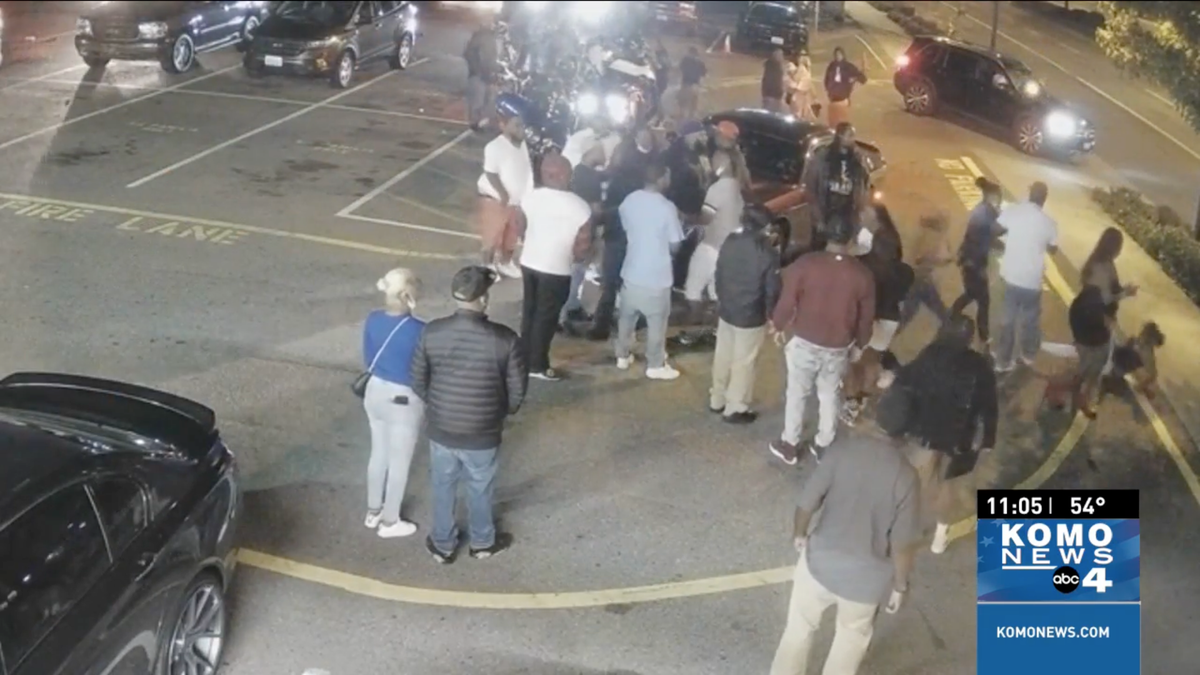- cross-posted to:
- [email protected]
- cross-posted to:
- [email protected]
A judge in Washington state has blocked video evidence that’s been “AI-enhanced” from being submitted in a triple murder trial. And that’s a good thing, given the fact that too many people seem to think applying an AI filter can give them access to secret visual data.



Here’s your error. You yourself are contradicting the first part of your sentence with the last. The guess is not “blind” because the prediction is based on an existing data set . Looking at a half occluded circle with a model then reconstructing the other half is not a “blind” guess, it is a highly probable extrapolation that can be very useful, because in most situations, it will be the second half of the circle. With a certain probability, you have created new valuable data for further analysis.
But you are not reporting the underlying probability, just the guess. There is no way, then, to distinguish a bad guess from a good guess. Let’s take your example and place a fully occluded shape. Now the most probable guess could still be a full circle, but with a very low probability of being correct. Yet that guess is reported with the same confidence as your example. When you carry out this exercise for all extrapolations with full transparency of the underlying probabilities, you find yourself right back in the position the original commenter has taken. If the original data does not provide you with confidence in a particular result, the added extrapolations will not either.